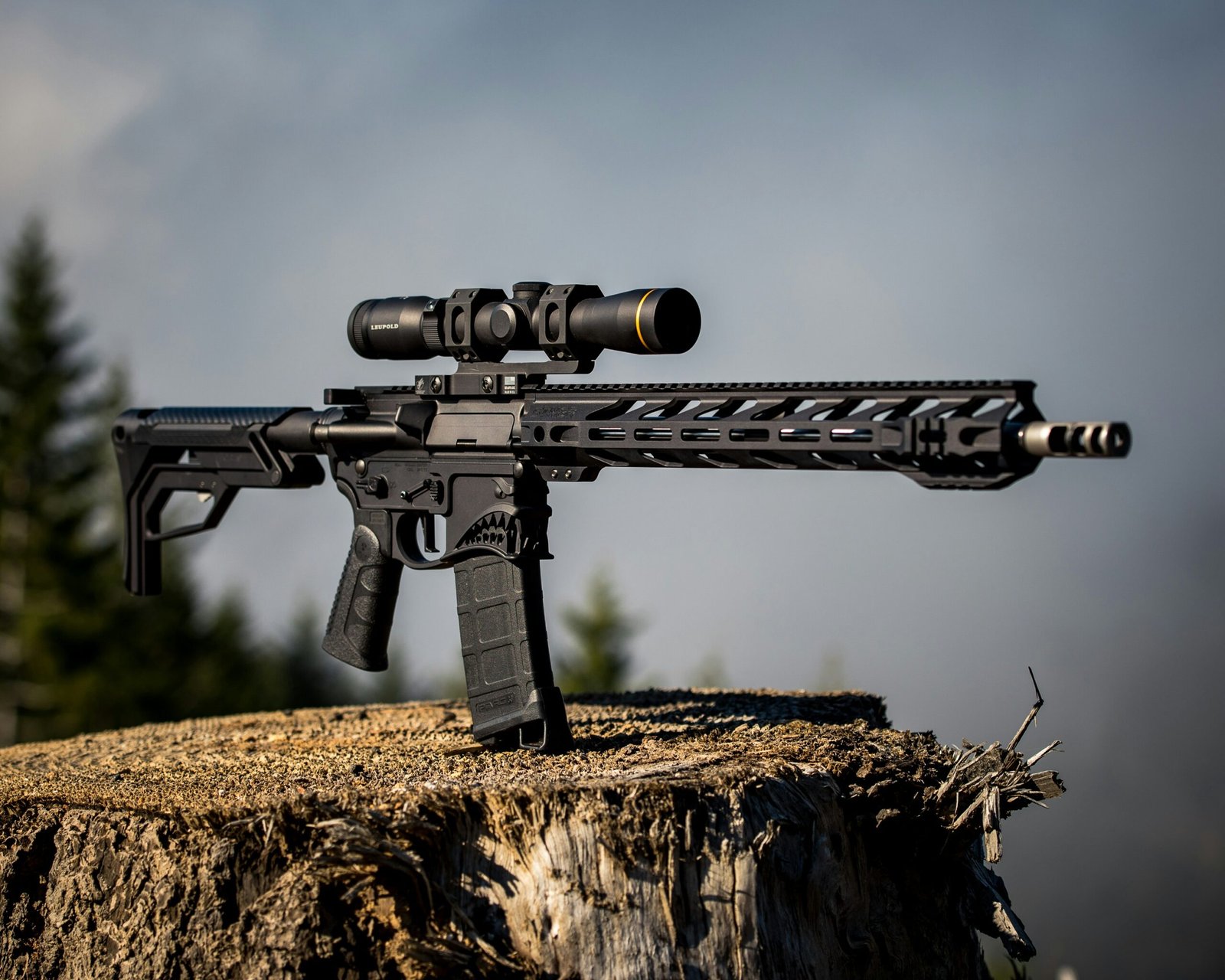Have you ever wondered how to safely handle firearms in vehicles? Whether you’re a seasoned gun owner or just getting started, it’s important to know the best practices for safely handling firearms in and out of vehicles. In this article, we will discuss some tips and guidelines to help you stay safe while transporting firearms in your vehicle.
Importance of Safe Handling of Firearms in Vehicles
Ensuring that firearms are handled safely while in a vehicle is crucial to prevent accidents and injuries. Mishandling firearms in a confined space such as a car can lead to serious consequences. By following best practices for safe handling of firearms in vehicles, you can minimize the risks and ensure a safe transportation experience.
Always Keep Firearms Unloaded
One of the most important rules when it comes to handling firearms in vehicles is to always keep them unloaded. This means removing any ammunition from the firearm before entering the vehicle. By keeping firearms unloaded, you reduce the risk of accidental discharge and ensure that they are safe to transport.
Secure Firearms Properly
When transporting firearms in a vehicle, it is essential to secure them properly to prevent them from moving around. Use a secure gun rack, lockbox, or other storage device to keep firearms in place during travel. This not only prevents accidental firing but also ensures that firearms are not easily accessible to unauthorized individuals.
Safe Ways to Transport Firearms in Vehicles
There are several safe ways to transport firearms in vehicles, depending on the type of vehicle and the number of firearms being transported. Here are some best practices for safely transporting firearms in different types of vehicles:
Cars and Trucks
- Store firearms in a locked gun case or lockbox in the trunk of the vehicle.
- If carrying a handgun, keep it in a holster that covers the trigger guard.
- Ensure that firearms are not visible from the outside of the vehicle to avoid attracting unwanted attention.
Motorcycles
- Use a specially designed motorcycle gun holster to securely transport firearms.
- Always wear a helmet and protective gear when transporting firearms on a motorcycle.

This image is property of pixabay.com.
Legal Requirements for Transporting Firearms in Vehicles
In addition to following best practices for safe handling of firearms in vehicles, it is important to be aware of the legal requirements for transporting firearms. Laws governing the transportation of firearms vary by state and country, so it is essential to familiarize yourself with the regulations in your area. Here are some general guidelines to keep in mind:
Know the Laws
Before transporting firearms in your vehicle, make sure you understand the laws regarding firearms transportation in your area. This includes knowing whether you need a permit to transport firearms and any restrictions on where and how firearms can be transported.
Secure Firearms According to the Law
Some states require firearms to be stored in a locked container or gun case while in a vehicle. Make sure you comply with these laws to avoid legal issues and penalties.
Be Prepared for Inspections
In some jurisdictions, law enforcement officers may conduct random inspections of vehicles to ensure compliance with firearms transportation laws. Be prepared to show proof of ownership and any required permits or licenses when transporting firearms.
Safety Tips for Handling Firearms in Vehicles
In addition to following legal requirements, there are some general safety tips to keep in mind when handling firearms in vehicles. By following these tips, you can further reduce the risk of accidents and ensure a safe transportation experience:
Never Leave Firearms Unattended
Never leave firearms unattended in a vehicle, even for a short period. Unattended firearms are easy targets for theft and can pose a safety hazard if they fall into the wrong hands.
Keep Firearms out of Reach of Children
If traveling with children, make sure firearms are stored securely and out of reach. Children are naturally curious and may accidentally discharge a firearm if they gain access to it.
Practice Safe Handling Techniques
Always treat firearms as if they are loaded, even if you know they are not. Follow proper handling techniques, such as keeping your finger off the trigger until you are ready to shoot, to prevent accidental discharges.

This image is property of pixabay.com.
Maintaining Firearm Safety in Vehicles
Maintaining firearm safety in vehicles is an ongoing process that requires diligence and attention to detail. Here are some tips for maintaining firearm safety in vehicles:
Regularly Inspect Firearms
Inspect firearms regularly to ensure they are in good working condition. Check for any signs of damage or wear and tear that could affect the safety and performance of the firearm.
Clean and Maintain Firearms
Regularly clean and maintain firearms to prevent malfunctions and ensure optimal performance. Keep firearms free of dirt, debris, and corrosion to extend their lifespan.
Store Firearms Properly When Not in Use
When firearms are not in use, store them in a secure location such as a gun safe or lockbox. This prevents unauthorized access and ensures that firearms are not left unattended in a vehicle.
Conclusion
Handling firearms in vehicles requires careful attention to detail and adherence to best practices for safety. By following the guidelines outlined in this article, you can transport firearms safely and responsibly, minimizing the risk of accidents and injuries. Remember to always keep firearms unloaded, secure them properly, and comply with legal requirements when transporting firearms in vehicles. By prioritizing safety, you can enjoy peace of mind knowing that you are taking the necessary steps to protect yourself and others while handling firearms in vehicles.

